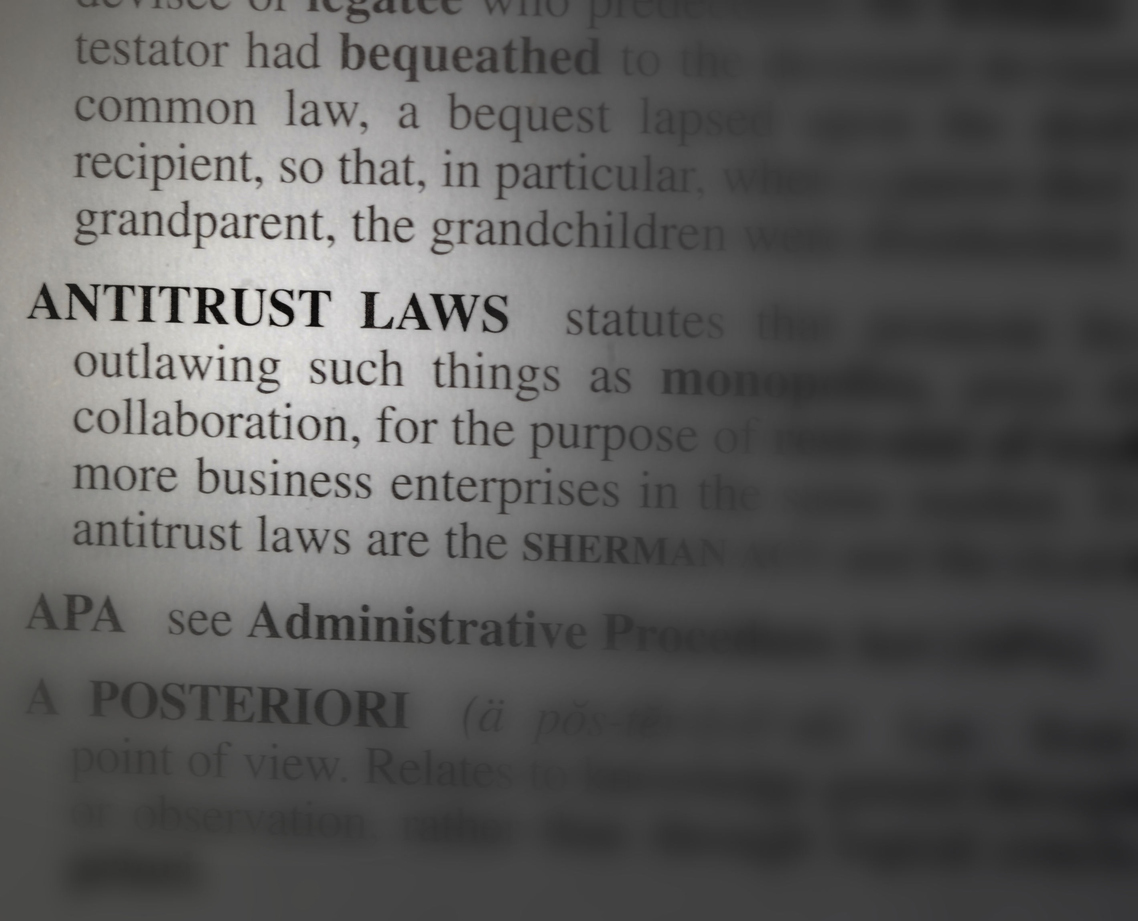The typical property insurance policy allowing for replacement cost valuation is often taken for granted today. A hundred years ago, the product was commercially unavailable. Concerns for incenting the policyholder to commit fraud and arson was a primary concern disallowing the replacement cost product to be sold.
An excellent 1948 University of Pennsylvania law review article, An Insurance Policy Providing for Replacement of Fire Damaged Structures With New Materials, discussed the change from “actual cash value” to the newer “replacement cost” forms in its introduction:
In a broad sense, all insurance on property is ‘replacement’ insurance, since it aids the insured in rebuilding or replacing his property. With an exception, the fire insurance contract has been in theory one of pure ‘indemnity.’ Therefore, in the ordinary case if the insured’s fifty year old house is destroyed by fire he is entitled to money sufficient to rebuild his property with fifty year old materials. The figure is arrived at by taking the cost of reproduction with new materials of like, kind and quality, and subtracting from it an amount representing depreciations caused by wear and tear to the property before the fire, and occasionally an amount representing ‘obsolescence.’ In any event, the figure arrived at may not exceed the insurance on the property. Replacement insurance would seem to discard the theory of indemnity. Under this coverage, the insured receives the amount of money necessary to rebuild his property with new materials of like kind and quality, without deduction for depreciation, if he has sufficient insurance. Logically, this might be accomplished by a change in the provisions of the policy itself, or by a contract supplemental to the policy whereby the insurer agrees to include in the loss payments an allowance for depreciation. Since 1946, several state legislatures have authorized replacement insurance. In at least one state, and without legislative enactment, it has been approved by the state insurance department. The purposes of this Note are to examine some of the legal problems which are created by replacement insurance, and to determine the motivation and necessity for this coverage.
In many states, it was illegal to sell replacement cost insurance on property. The property insurance product has changed significantly in a fairly brief period of time.
In many states, laws had to be changed to allow the product to be sold:
A comparison of authorized replacement insurance provisions throws some light on the philosophy behind this type of coverage. Since there might be some incentive to arson in a “new for old” provision, more cautious jurisdictions have limited the cover to factories, government buildings, public and private institutions, and buildings used for mercantile purposes if a sprinkler system is maintained. Only Massachusetts extends the coverage to personalty, but limits this to tools used in connection with the business. Others cover any real property. Flexibility in underwriting would seem preferable; indeed, more moral hazard seems involved in the case of some commercial properties than in that of homes. Rebuilding is uniformly a condition precedent to payment for replacement cost. No hardship should result, since the insured should be able to obtain credit on the strength of having a policy. Rebuilding, likewise, seems essential to measure the recovery. If the insured does not rebuild, he recovers as under the ordinary “indemnity” policy.” It is generally required that the property be rebuilt on the same premises, although Massachusetts has a peculiar compromise provision allowing insured and insurer to agree upon any location within the Commonwealth. Some statutes are silent as to the limitation on time for rebuilding; others, fix a period of one or two years. This will be clarified by the provisions of the endorsements themselves. A time limitation seems essential because of changing price levels, for the insured recovers on the basis of the amount he actually spends. South Carolina has produced a strange blend by following through with its “valued” policy concept; in that state the insured will recover on his depreciation insurance policy “. . the difference between the actual value stated in the policy and the amount actually expended . . .”
The point of today’s post is that replacement cost policies were not historically available. Indeed, they were illegal in most states requiring legislative and regulatory changes so they could be sold. There was a concern that since the policyholder was getting new for old and placed in a better financial position, some would commit fraud. Since most of the policies were only covering the fire risk at that the time, incentivizing arson was a major concern when allowing insurance companies to sell replacement costs policies.
Thought For The Day
Progress is impossible without change, and those who cannot change their minds cannot change anything.
—George Bernard Shaw




